
When the sun returned on Friday, I realised that it was not the rain that had dampened my spirits, it was the low light levels. Clearly, I was never destined to live in northern Europe where I am sure I would suffer from seasonal affective disorder for months every year.
Here in Taranaki, Aotearoa New Zealand, we sit at 39°S which is a similar latitude to California, Ibiza and Sardinia – or Madrid is the usual northern latitude comparator to our country. Not that our climate bears any resemblance to those locations. We are a long, thin country set in the middle of vast oceans which moderates our climate and brings us regular rain – too much rain of late. We have a very clear atmosphere and that clarity of light is apparent in every season where we live. At the winter solstice, we still get around 9 ½ hours of light a day and that is often bright light. No wonder I am accustomed to high light levels.

The return of the sun had me out looking at the tree dahlias. These are difficult plants to accommodate in the garden but they certainly have the wow factor at this time of the year. All summer, I have seen friends posting photos of their prized dahlias and, while I admire their enthusiasm, the big, blousy, summer dahlias do not bring me joy. Too many murky colours and novelty forms for my personal taste. The tree dahlias are a different matter.
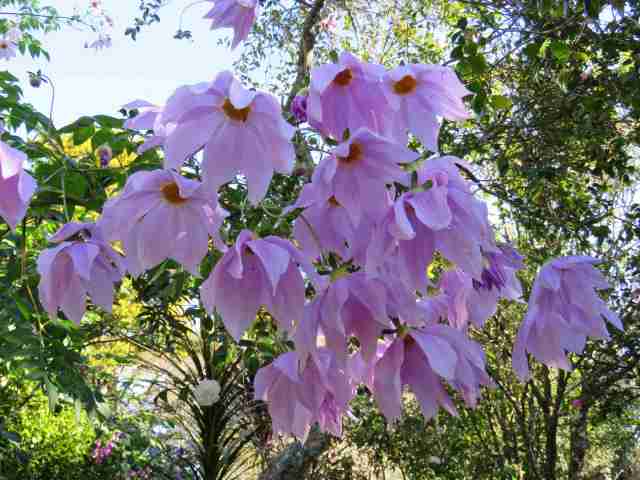
What is not to love about the soaring heights of D. imperialis lilac chalice blooms? When I say soaring heights, because we are growing them in semi shade, they can be stretched up to around 5 or even 6 metres.

D. imperialis is of course a species and the other species we have, D. excelsa, flowers even later in the season and grows even taller. It is not even showing colour yet. New Zealand plant breeder, Dr Keith Hammett, has done a lot of work over the years to create more amenable tree dahlia hybrids. We don’t have many of them and don’t have the right places to grow many more but I wouldn’t be without his yellow ‘Conundrum’ which flowers pretty much all summer and autumn coming into winter.

‘Timothy Hammett’, named for Keith’s son, is a beautiful and unusual shade of cerise-purple with smaller flowers. Because these tree dahlia blooms have visible central stamens and pollen, they are alive with bees and butterflies at a time when other food sources are getting sparse.

I have long since lost the name of the larger flowered, strong pink one we have – if it was ever named – but it is another worthwhile Hammett hybrid. If you want to know more about Keith’s tree dahlias, this article by him in the April Gardener is well worth reading. There is an impressive flower lay showing the range of colours he has reached in his breeding, starting from just four different tree dahlia species.
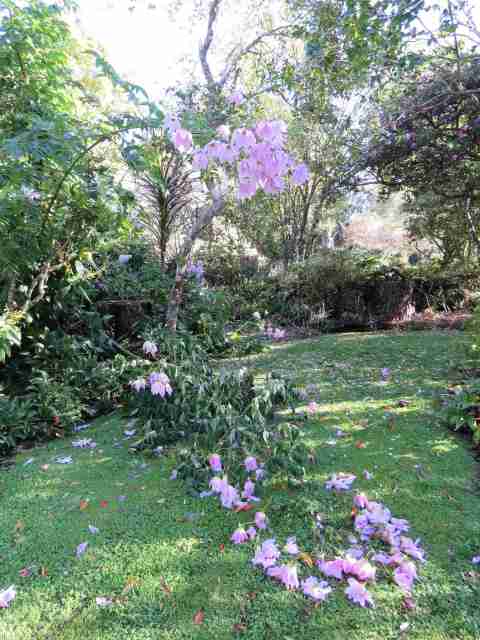
I think we need to lift and divide our plants. This has not been done for many years and the tubers on some are very close to the surface. All we have done is to cut them down to the ground when they have finished flowering and reached their weather-beaten, scruffy stage – that is, if they have not fallen over with their own weight before then. They are brittle and vulnerable, especially the tall species. They are not exactly on a scale that I can stake, either.

I think if we lift them and thin out the tubers, replanting them somewhat deeper than they have been, they may well reward us with sturdier growth and, hopefully, stay upright longer – or at least until they have finished flowering. Until then, I will just enjoy their glorious display as we count down to winter’s arrival. I prefer my life filled with light and colour.

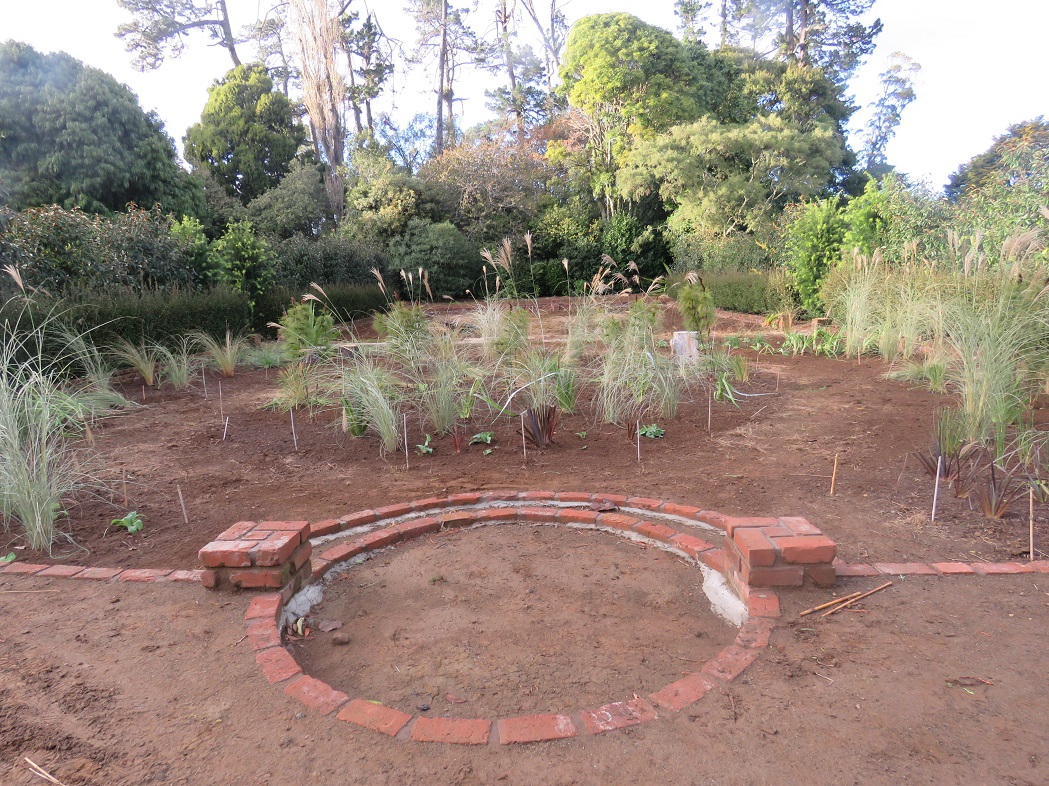

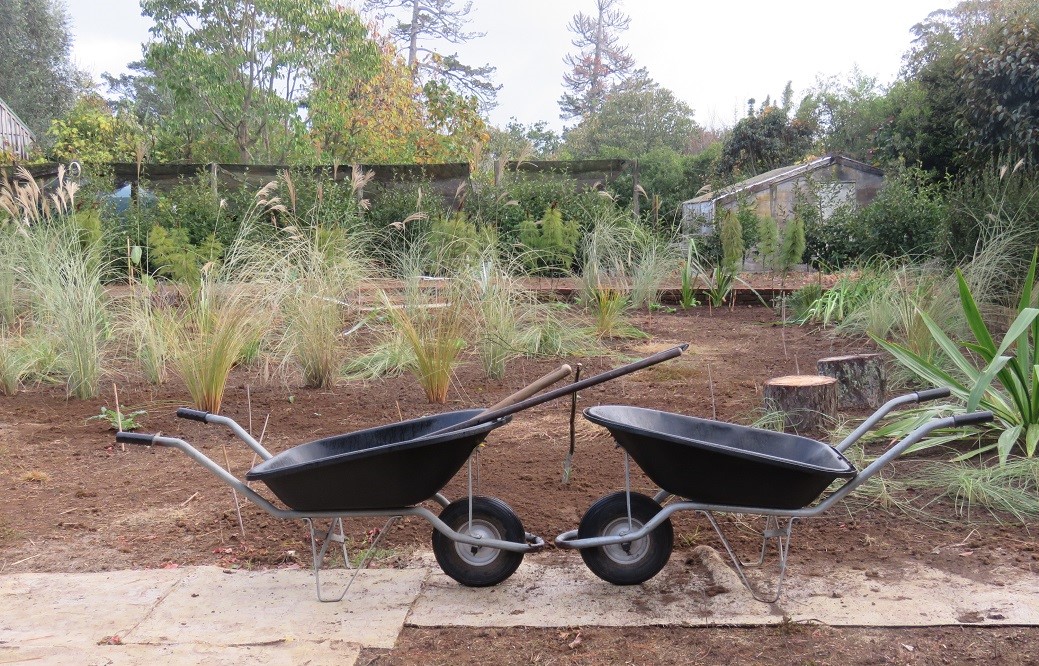

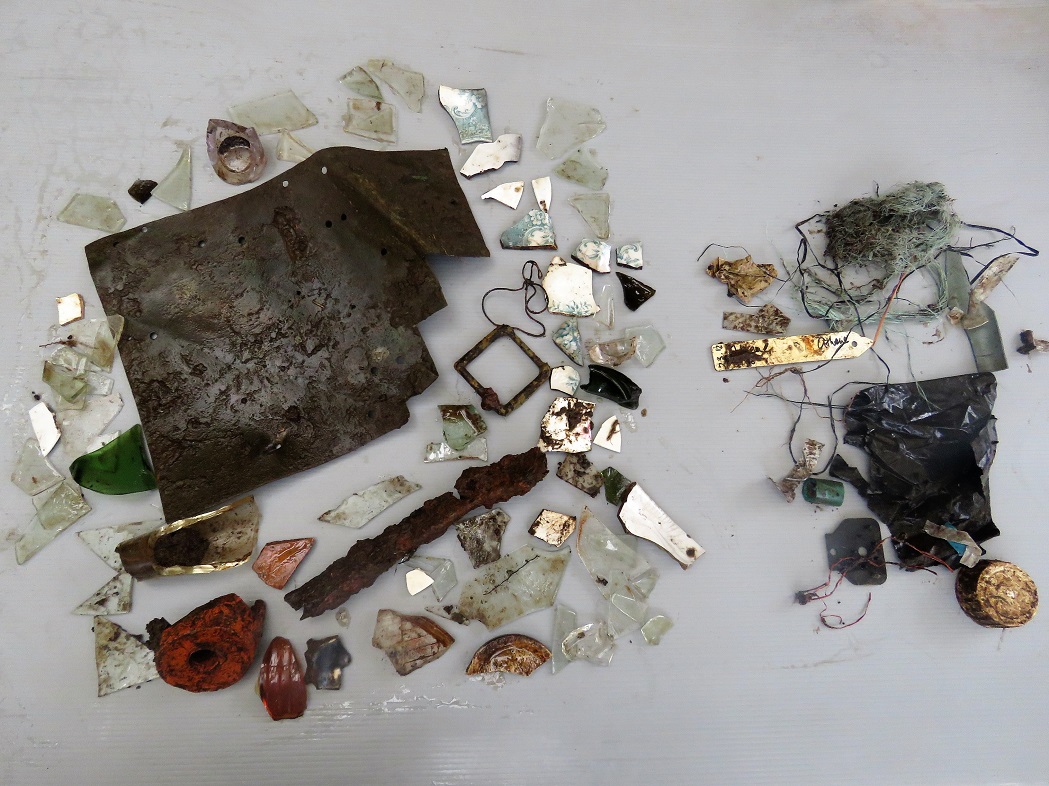
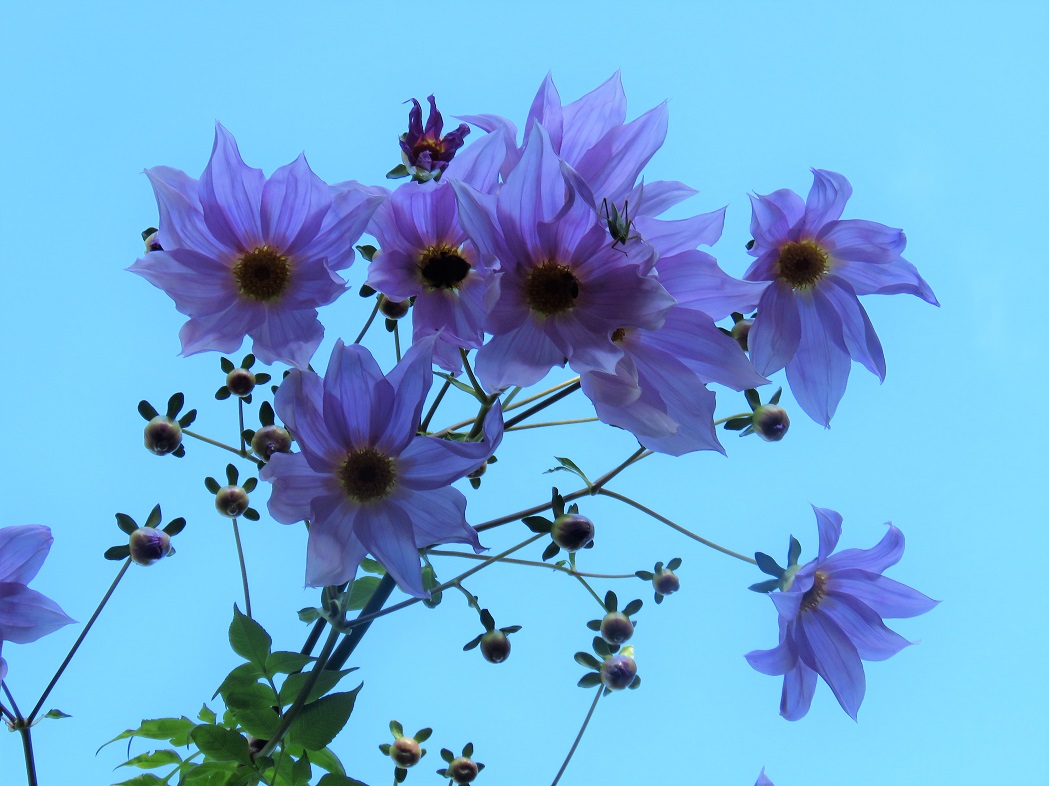


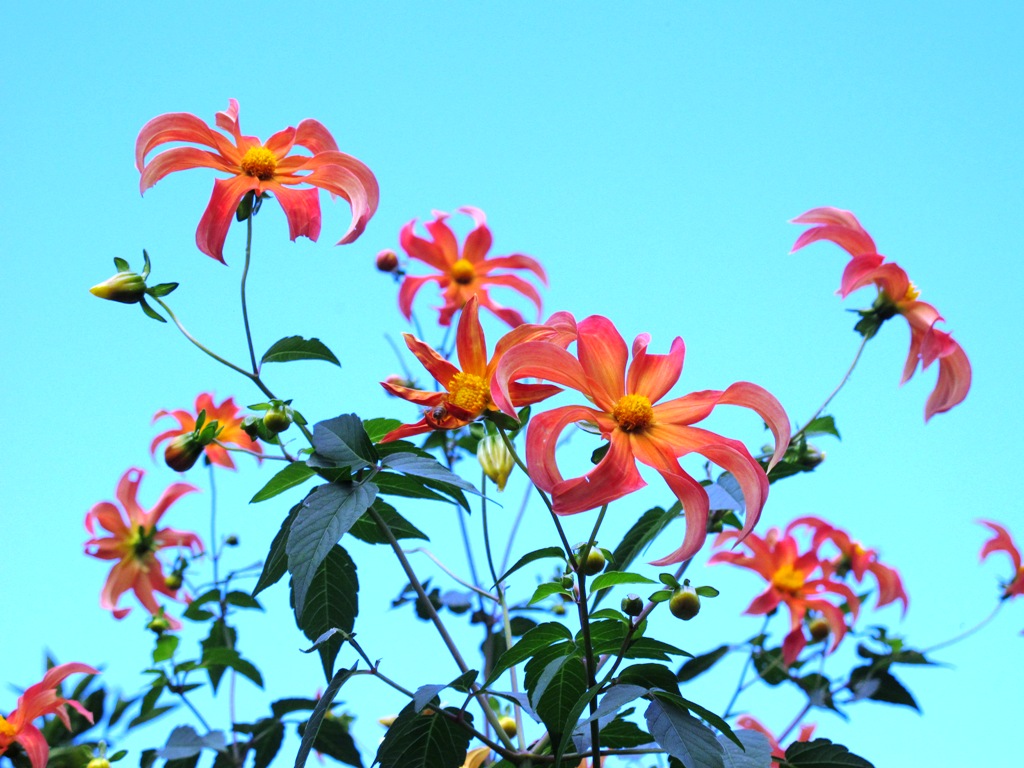



 First published in the May issue of NZ Gardener and reprinted here with their permission.
First published in the May issue of NZ Gardener and reprinted here with their permission.